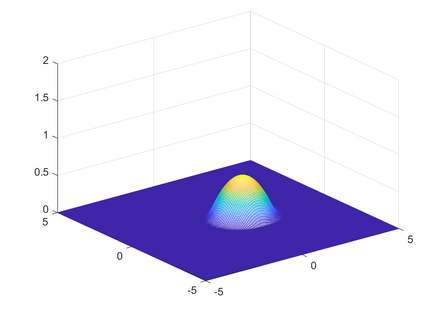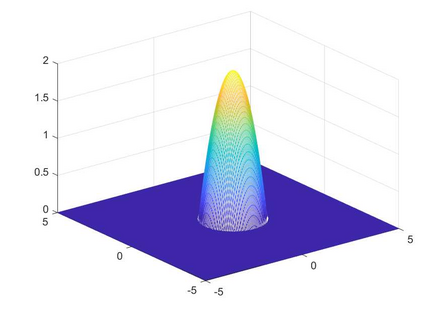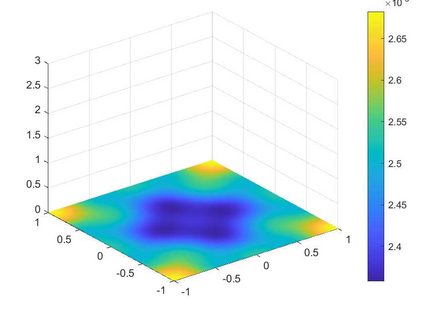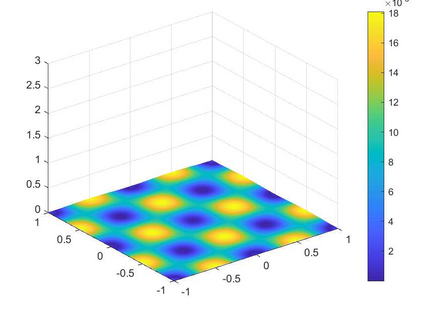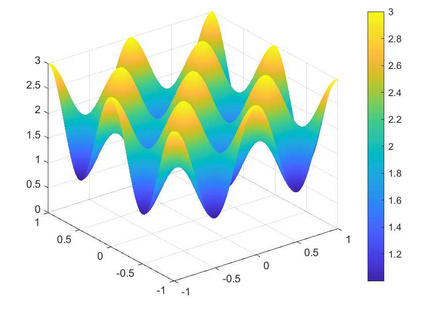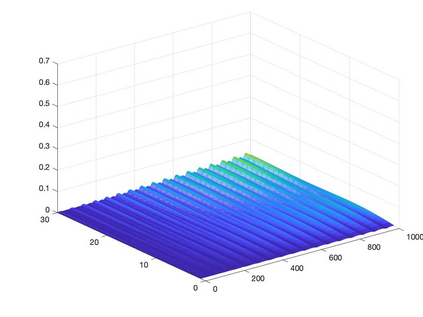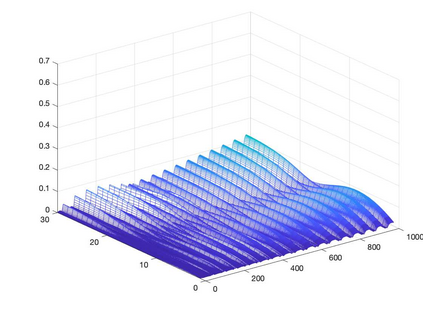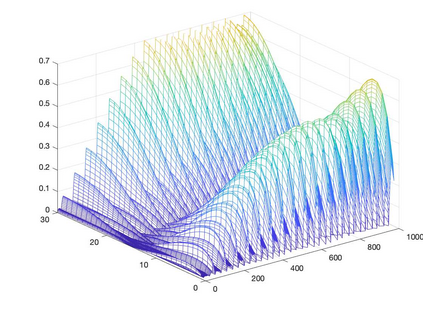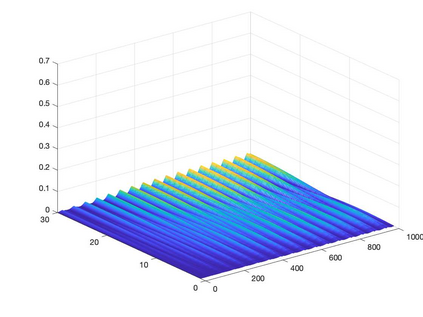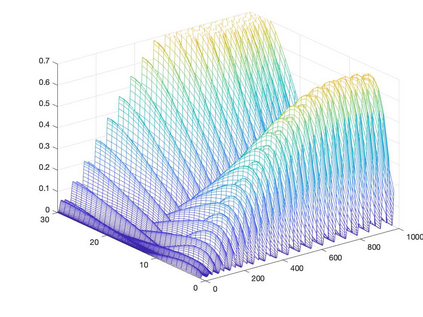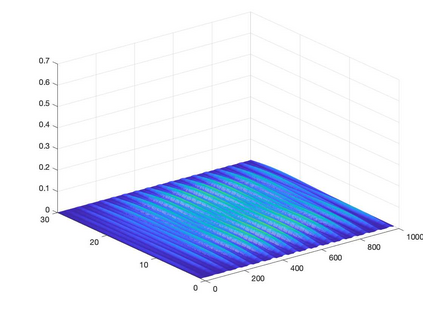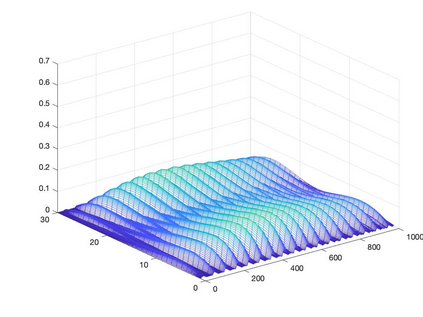Optimal control problems driven by evolutionary partial differential equations arise in many industrial applications and their numerical solution is known to be a challenging problem. One approach to obtain an optimal feedback control is via the Dynamic Programming principle. Nevertheless, despite many theoretical results, this method has been applied only to very special cases since it suffers from the curse of dimensionality. Our goalis to mitigate this crucial obstruction developing a new version of dynamic programming algorithms based on a tree structure and exploiting the compact representation of the dynamical systems based on tensors notations via a model reduction approach. Here, we want to show how this algorithm can be constructed for general nonlinear control problems and to illustrate its performances on a number of challenging numerical tests. Our numerical results indicate a large decrease in memory requirements, as well as computational time, for the proposed problems. Moreover, we prove the convergence of the algorithm and give some hints on its implementation
翻译:暂无翻译


